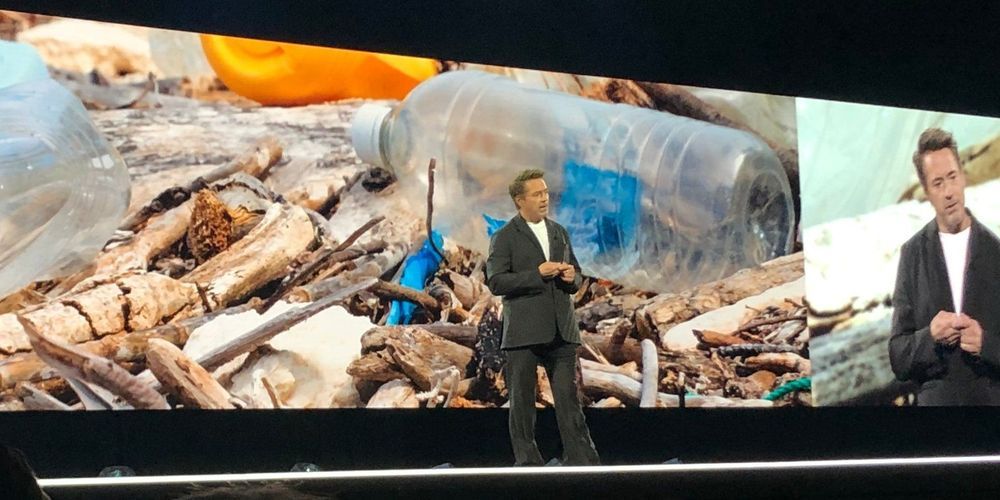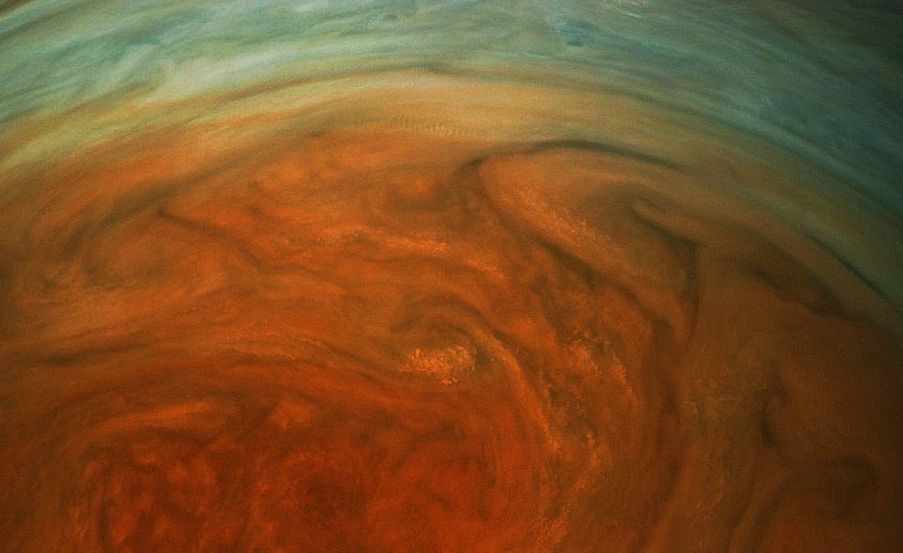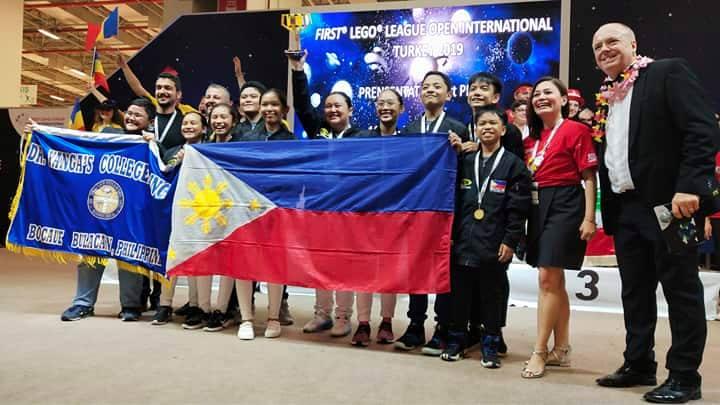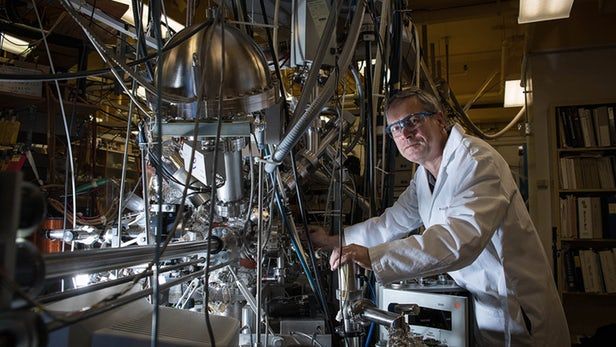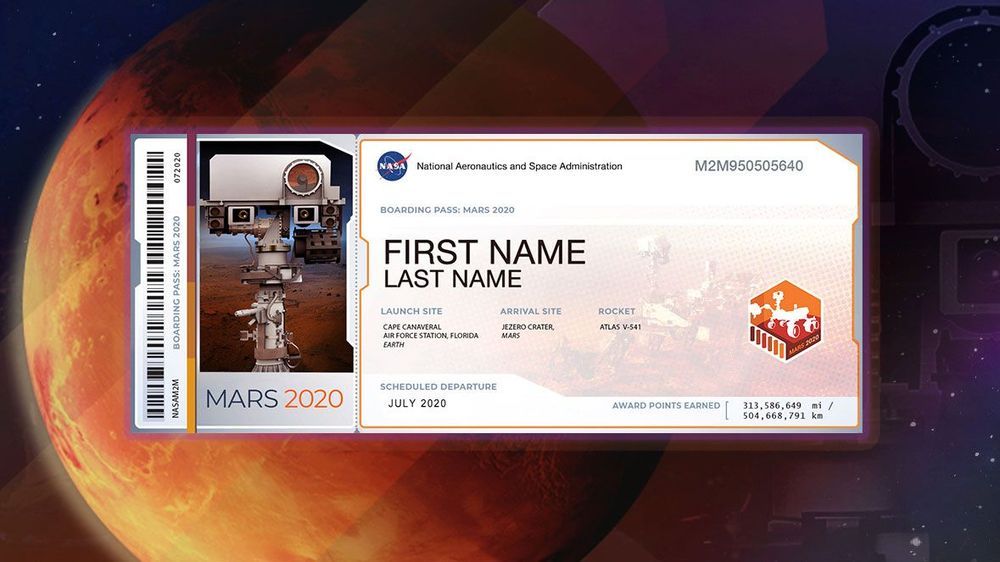Robert Downey Jr. doesn’t pretend to be a brilliant scientist — even though he’s played Tony Stark, aka Iron Man, for the past 11 years.
But on Tuesday night he attended Amazon’s brand new, premier, open-to-the-public Machine Learning, Automation, Robotics and Space (re: MARS) conference in Las Vegas — a room filled with AI legends, astronauts, and other dignitaries — as a keynote speaker.
He delivered a gag-filled talk that somehow weaved together the history of the Marvel Cinematic Universe, the evolution of Stark’s Iron Man suits, allusions to his own troubled history with drug addiction, the actual history of artificial intelligence and its pioneers, with a bunch of jokes using the Amazon Alexa voice and Matt Damon (including a videotaped guest appearance by Damon).
